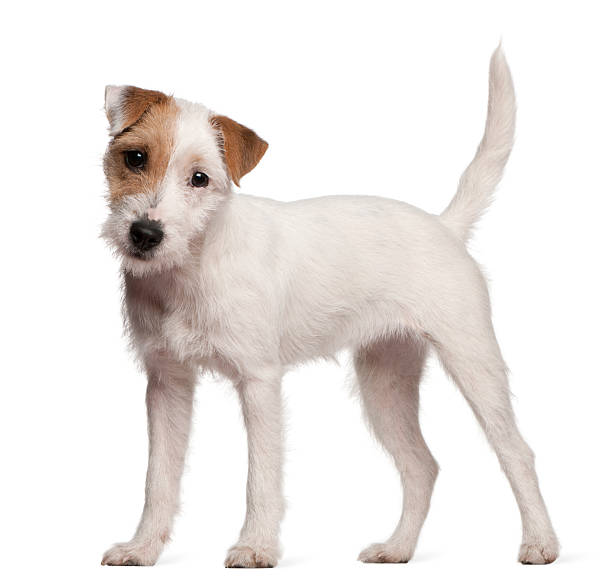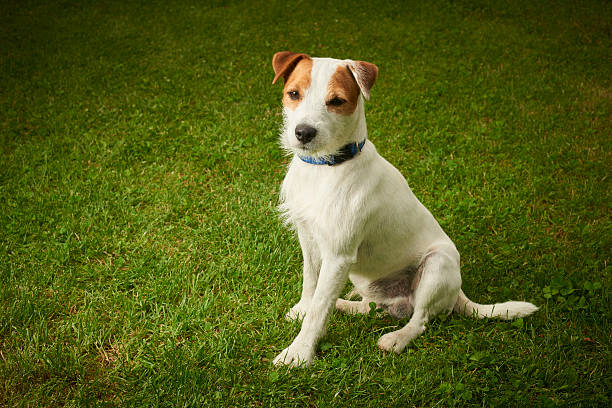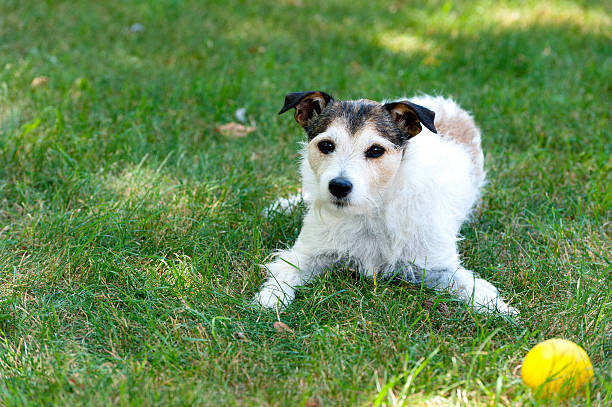Parson Russell Terrier

Breed History:
The Parson Russell Terrier is a lively, intelligent breed that originated in England in the early 19th century. It was developed by Reverend John “Jack” Russell, an avid fox hunter who wanted a small, agile, and energetic dog that could keep up with hounds and hunt foxes both above and below ground. Originally called the “Jack Russell Terrier,” the breed was later renamed “Parson Russell Terrier” to distinguish it from the smaller Russell Terrier variant.
Known for their stamina, boldness, and keen hunting instincts, Parson Russells were bred for working in rugged terrain and tight underground dens. Over time, they gained popularity as lively family pets and show dogs due to their spirited personality and striking appearance.
|
Gender |
Height |
Weight |
|
Male |
36–41 cm |
6.8–8.6 kg |
|
Female |
33–38 cm |
6.8–8.6 kg |
Size – Small-Medium
Life Expectancy: 13–15 years

Breed Appearance:
The Parson Russell Terrier is a small, well-balanced dog with a strong, athletic build. It has a smooth, broken, or rough coat that is predominantly white with black, tan, or tri-colour markings. Their expressive dark eyes and V-shaped ears give them a lively and intelligent expression.
They have a slightly longer body compared to their close cousin, the Jack Russell Terrier, and their tail is typically carried upright, often docked in countries where the practice is allowed. Their muscular legs and compact feet make them excellent runners and diggers.
Breed Type – Family/Working:
Parson Russell Terriers are energetic, alert, and fearless. They are natural hunters and have a strong prey drive, making them excellent at flushing out small game and rodents. Despite their working background, they make affectionate and loyal family pets, often forming strong bonds with their owners.
This breed thrives in active households where they can get plenty of physical and mental exercise. They are highly social but can be wary of strangers and may be vocal watchdogs. Early socialisation is important to help manage their bold personality.

Training:
Highly intelligent and eager to please, Parson Russell Terriers respond well to positive, reward-based training methods. However, their independent streak and high energy levels require consistent, firm, and patient handling.
They excel in dog sports such as agility, obedience, and earthdog trials, which provide mental stimulation and satisfy their instincts. Without proper training and activity, they can become bored and exhibit destructive behaviours.
Health & Care:
Generally, a healthy breed, Parson Russells have a life expectancy of around 13 to 15 years. Some common health concerns include patellar luxation, deafness, lens luxation, and eye disorders like cataracts.
Regular veterinary check-ups, a balanced diet, and daily exercise help maintain their health. Their coat is low maintenance but may require occasional grooming, especially for rough or broken coat varieties.

Living Conditions:
Parson Russell Terriers adapt well to various living environments but do best in homes with access to a securely fenced yard where they can run and explore safely. They need plenty of stimulation and exercise to prevent restlessness.
They enjoy being close to their families and are happiest in active households that include them in daily activities. Apartment living is possible with sufficient exercise and mental challenges.
Exercise:
This breed requires a high level of daily exercise to burn off its abundant energy. Long walks, playtime, and activities like agility or fetch help keep them physically and mentally fit.
They love digging and chasing, so a secure outdoor area is essential. Without enough exercise, they may develop problem behaviours due to boredom.
Grooming:
Parson Russell Terriers have a short, dense coat that is easy to maintain. Smooth coats require minimal brushing, while broken or rough coats benefit from occasional hand-stripping or brushing to remove dead hair.
Regular nail trimming, ear cleaning, and dental care are important parts of grooming. Bathing is needed only occasionally.

Advantages:
-
Energetic and intelligent, great for active owners
-
Loyal, affectionate, and forms strong bonds with family
-
Versatile in dog sports and activities
-
Low-maintenance coat with minimal grooming needs
-
Small size suitable for many living environments
Disadvantages:
-
High energy requires significant daily exercise and mental stimulation
-
Strong prey drive can make them unsuitable for homes with small pets
-
Independent and sometimes stubborn, requiring consistent training
-
Can be vocal and alert, potentially leading to excessive barking
-
Needs secure fencing to prevent escape due to strong hunting instincts







